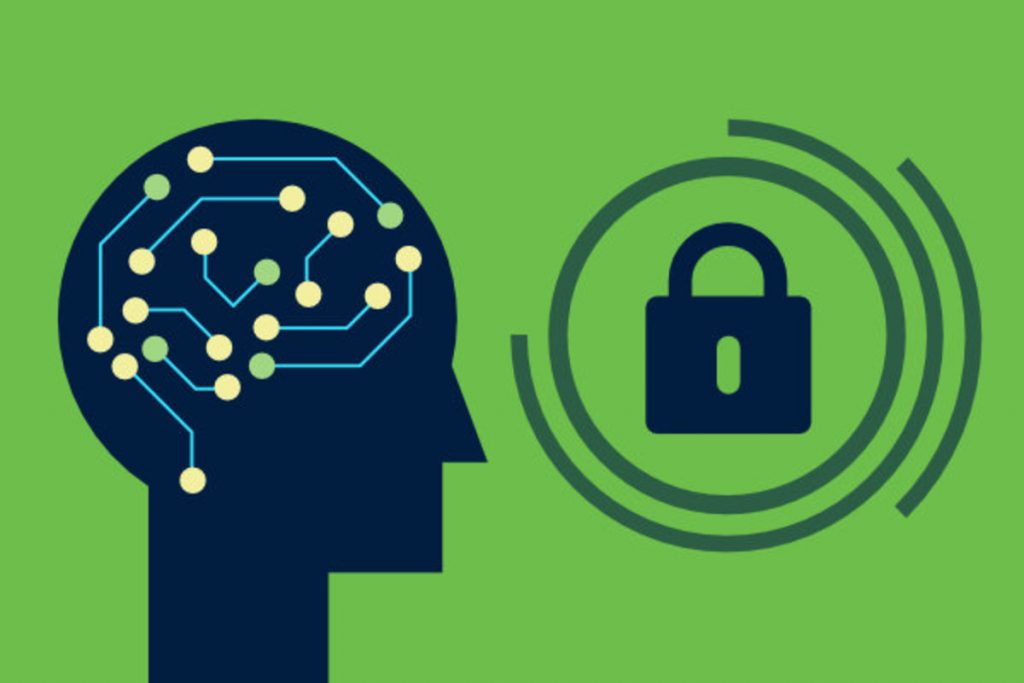
How AI Can Protect You from a Bot Attack
Botnets are on the rise. As a force for good, bots perform common cognitive interactions with digital end-users every day. But unscrupulous fraudsters are using these same tools to commit fraud and steal millions.
Let’s take a peek at the ever-increasingly sophisticated bot, how it’s impacting your business—and how you can fight back.
Are Bots Good or Bad?
Every tool can also be a weapon, and bots are no exception to this rule. Botnets are networks of computers harnessed together to perform a function. Increasingly botnets are automated with AI functions, as they perform a variety of tasks and interactions with their human end users. People may interact with an AI-powered bot when they conduct an Internet search, apply for a loan, or ask Alexa the weather. This increasingly sophisticated software is interwoven into the fabric of most of our digital interactions today.
The problem is that malicious actors also have access to these tools. These criminals can send out a phishing email that infects computers with malware. The owner of that computer may not even realize it, but their machine is now a “zombie,” or bot, controlled by the criminal. Criminals can aggregate hundreds or even thousands of computers in a bot network (botnet) that they can control remotely to perform illegal activities.
But we’re living in the era of AI, and these cyber criminals now use AI automation to power their botnet attacks and it costs companies about $80 billion a year.
Cybercriminals launch fraud attacks to steal data that includes personal identities, then use them to apply for loans, buy out tickets, or steal revenue from a pay per click ad. AI is designed to mimic human behavior by “learning” from past activity. This makes it much easier to use synthetic identities to apply for loans, run up debt, and then disappear. What’s the answer to fight back against these incredibly sophisticated fraudsters?

Using AI for Good
A botnet attack is a broad, multifaceted, and rapidly changing attempt by fraudsters to attack. But hope lies in the form of sophisticated anti-fraud software that can use the same tools against these bad actors.
DataVisor uses a form of AI called unsupervised machine learning to help companies detect the source of a bot attack before the damage occurs. AI-powered fraud detection software has been proven effective for companies in e-commerce, banking, retail, transportation, and more.
Latest Articles







